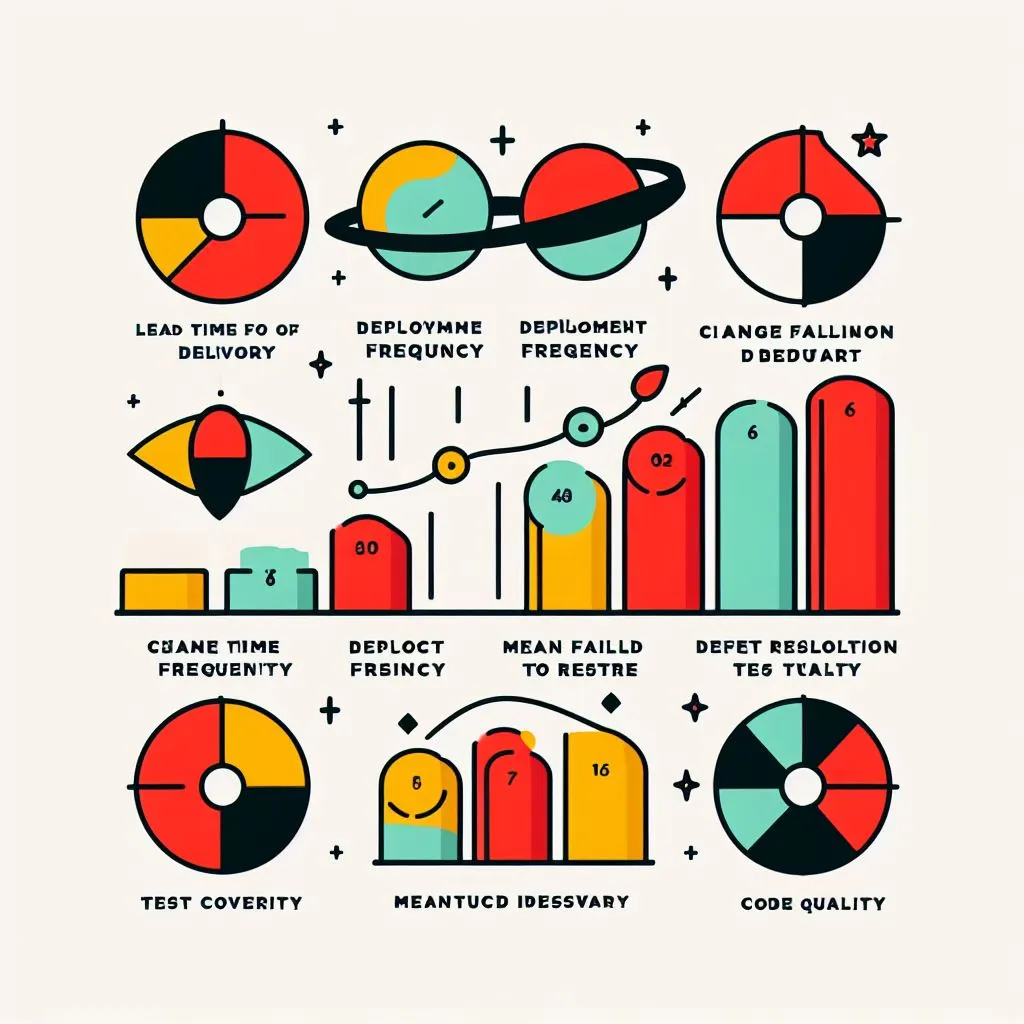
DevSecOps is a culture and practice that aims to integrate security into every’ stage of the software development lifecycle, from planning to deployment and beyond. DevSecOps enables faster, safer, and more reliable delivery of software products andservices, while reducing the risks of cyberattacks, data breaches, and compliance violations.
– ArgoCD: A declarative, GitOps continuous delivery tool for Kubernetes that automates and simplifies the deployment of applications across multiple environments.
– Jenkins: A widely used open source automation server that enables continuous integration and continuous delivery of software projects.
– Ansible: A powerful and easy-to-use automation platform that can configure, orchestrate, and manage various aspects of your infrastructure and applications.
– Cucumber: A behavior-driven development tool that allows you to write executable specifications for your software features using plain language.
– Nexus: A suite of solutions that help you manage, secure, and distribute your software artifacts and dependencies throughout the development lifecycle.
– SonarQube: A code quality and security analysis tool that helps you identify and fix issues in your codebase, such as bugs, vulnerabilities, code smells, duplications, and technical debt.
– Camunda: A business process management platform that enables you to model, automate, monitor, and optimize your workflows and decisions.
– Kafka: A distributed streaming platform that allows you to publish, subscribe, process, and store data streams in real time.
– Sysdig: A cloud-native visibility and security platform that provides comprehensive monitoring, troubleshooting, and protection for your containers, Kubernetes clusters, and cloud services.
– Pelorus: A dashboard that helps you track and improve your DevOps performance using metrics such as deployment frequency, lead time, change failure rate, and mean time to restore.
These tools are not only compatible with each other, but also with other popular tools and platforms in the DevSecOps ecosystem. We can help you integrate them with your existing systems and processes, or help you set up a new DevSecOps pipeline from scratch. We can also help you customize them to suit your specific needs and preferences.
But having the right tools is not enough. You also need to have the right mindset and culture to embrace DevSecOps. That’s why we also provide training, coaching, consulting, and support services to help you adopt DevSecOps best practices and overcome any challenges or barriers along the way. We can help you foster a culture of collaboration, trust, accountability, feedback, learning, and innovation among your teams and stakeholders.
One of the key benefits of DevSecOps is that it allows you to deliver software faster and more frequently without compromising on quality or security.
But how can you measure this benefit?
How can you know if your DevSecOps efforts are paying off?
That’s where DORA metrics come in. DORA stands for DevOps Research and Assessment, a project that has conducted extensive research on the factors that influence software delivery performance. Based on their findings, they have identified four key metrics that reflect the effectiveness of DevSecOps:
– Deployment Frequency: How often do you deploy code to production or release it to end users?
– Lead Time: How long does it take from code commit to code deployment?
– Change Failure Rate: How often do your changes result in degraded service or require remediation?
– Mean Time to Restore: How long does it take to restore service when a change causes an incident or outage?
These metrics are not only indicators of software delivery performance, but also of organizational performance. According to DORA’s research, high-performing organizations that excel in these metrics are more likely to achieve higher levels of customer satisfaction, profitability, productivity, market share, innovation, employee engagement, and retention.
That’s where we can help you as well.